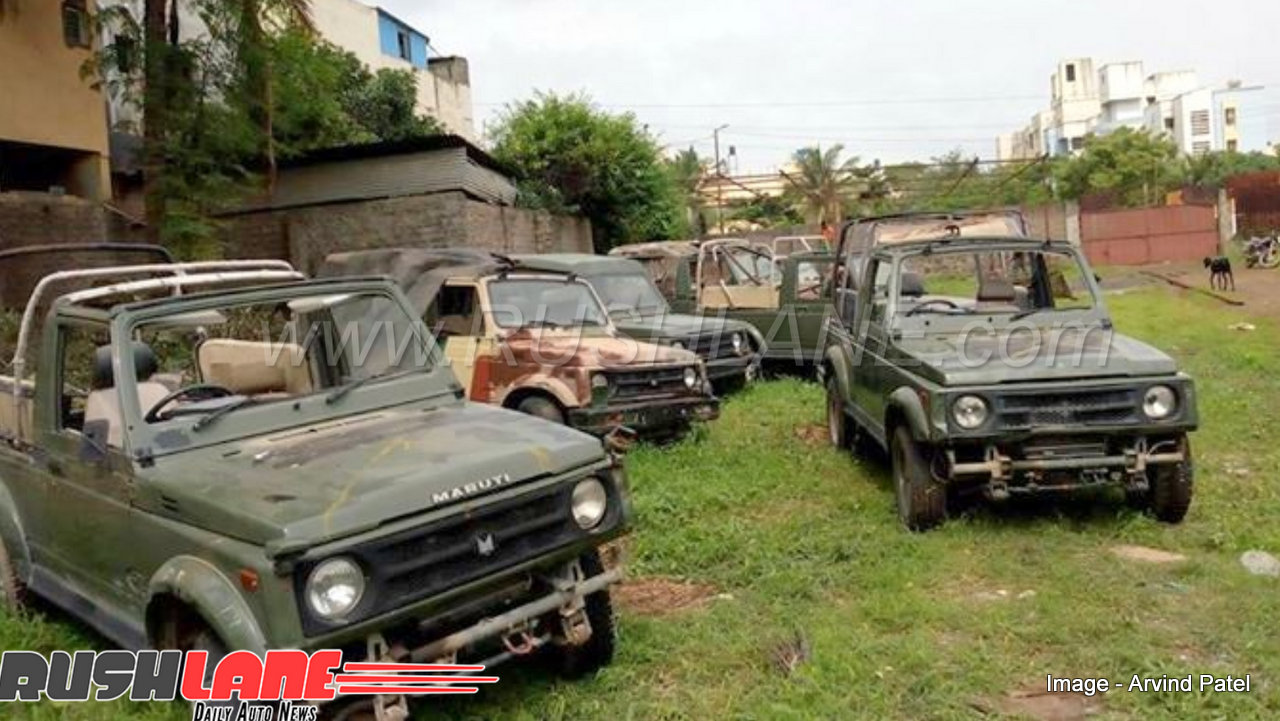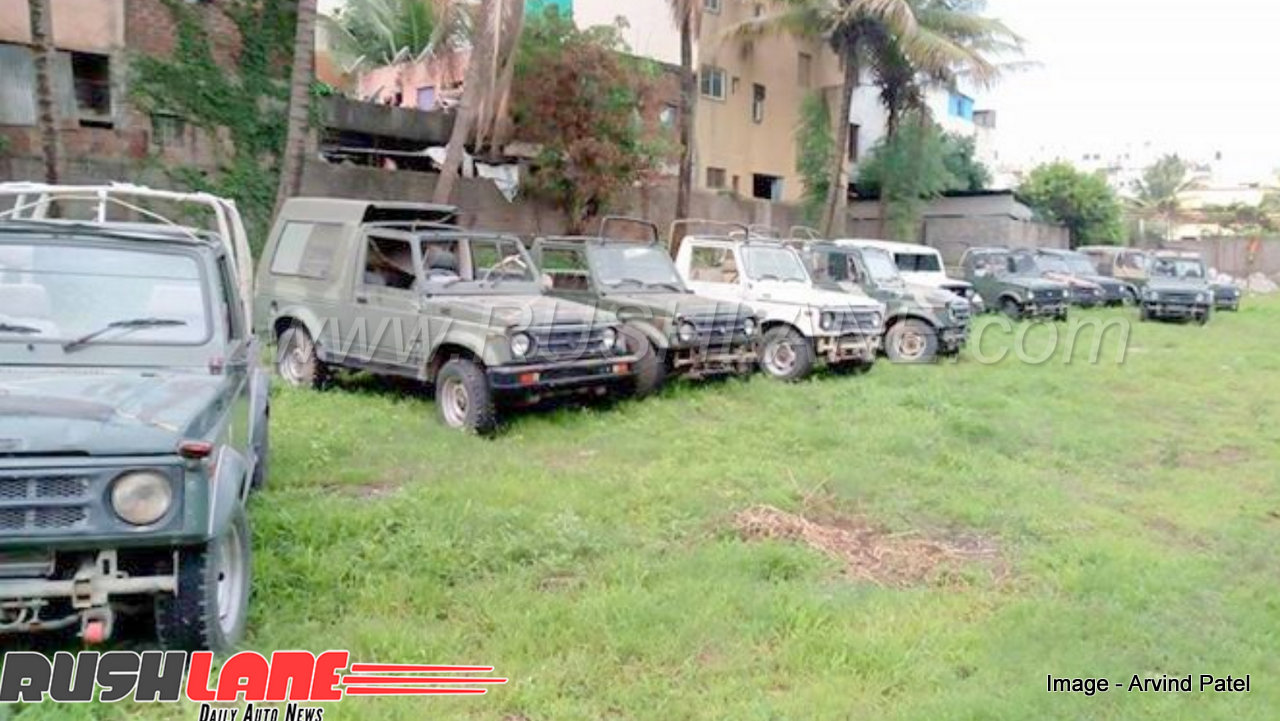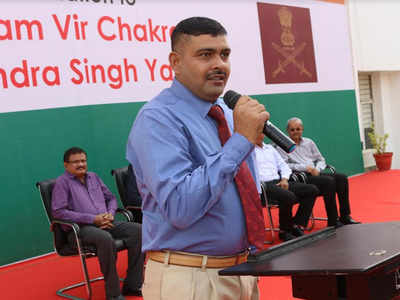12arya
New Member
- Joined
- Oct 11, 2017
- Messages
- 4,208
- Likes
- 15,083
http://www.dnaindia.com/india/report-india-shrugs-off-us-pressure-on-russian-defence-deal-2636747
India shrugs off US pressure on Russian defence deal
India has made it clear to the United States that the defence relationship between India-Russia is decades old and they will continue as usual. Defense Minister Nirmala Sitharaman said that this has been recently conveyed to the US Congress delegation to India.
The US passed the Countering America's Adversaries Through Sanctions Act (CATSA Act) last year, which includes Russia, Iran and North Korea. This implies that the countries which maintain trade relations with these countries will also face American sanctions. The Defense Minister said that this is law of the United States, not of United Nations. "The matter is not the selection between the US or Russia. With Russia we have decades-old defence links and it will continue." But she also said that the Indo-US relations are on track. Talks between defence and foreign ministers of India and US , cancelled last month will be conducted in September. Earlier, these talks were to happen in the US on July 6 but the US pulled the plug on the last moment.
India has long been reliant on Russia for defence needs. India is currently negotiating for the S-400 missile defence system from Russia, and talks are in the last round. The S-400 deal is expected to be between Rs 35-40k crore. These systems are capable of preventing any air strikes from 40 to 400 km. This deal is believed to be game-changer according to the Indian defence requirements. Apart from this, talks are on to take another nuclear submarine on lease from Russia. India has already been using INS CHAKRA, a nuclear submarine leased from Russia for five years. Russia has helped India to make its first nuclear submarine INS ARIHANT.
Indian military uses a large number of military hardware such as SUKHOI-30, MIG-29, 27,21 fighter aircraft, several types of helicopters, transport aircraft, aircraft carrier Vikramaditya, 9 Sindhu class submarines, T-90 and T-72 tanks, armored combat vehicles. India is completely dependent on Russia for spare parts of these military hardwares.
India shrugs off US pressure on Russian defence deal
India has made it clear to the United States that the defence relationship between India-Russia is decades old and they will continue as usual. Defense Minister Nirmala Sitharaman said that this has been recently conveyed to the US Congress delegation to India.
The US passed the Countering America's Adversaries Through Sanctions Act (CATSA Act) last year, which includes Russia, Iran and North Korea. This implies that the countries which maintain trade relations with these countries will also face American sanctions. The Defense Minister said that this is law of the United States, not of United Nations. "The matter is not the selection between the US or Russia. With Russia we have decades-old defence links and it will continue." But she also said that the Indo-US relations are on track. Talks between defence and foreign ministers of India and US , cancelled last month will be conducted in September. Earlier, these talks were to happen in the US on July 6 but the US pulled the plug on the last moment.
India has long been reliant on Russia for defence needs. India is currently negotiating for the S-400 missile defence system from Russia, and talks are in the last round. The S-400 deal is expected to be between Rs 35-40k crore. These systems are capable of preventing any air strikes from 40 to 400 km. This deal is believed to be game-changer according to the Indian defence requirements. Apart from this, talks are on to take another nuclear submarine on lease from Russia. India has already been using INS CHAKRA, a nuclear submarine leased from Russia for five years. Russia has helped India to make its first nuclear submarine INS ARIHANT.
Indian military uses a large number of military hardware such as SUKHOI-30, MIG-29, 27,21 fighter aircraft, several types of helicopters, transport aircraft, aircraft carrier Vikramaditya, 9 Sindhu class submarines, T-90 and T-72 tanks, armored combat vehicles. India is completely dependent on Russia for spare parts of these military hardwares.





 sounds like the British Raj era memsahibs.
sounds like the British Raj era memsahibs.
